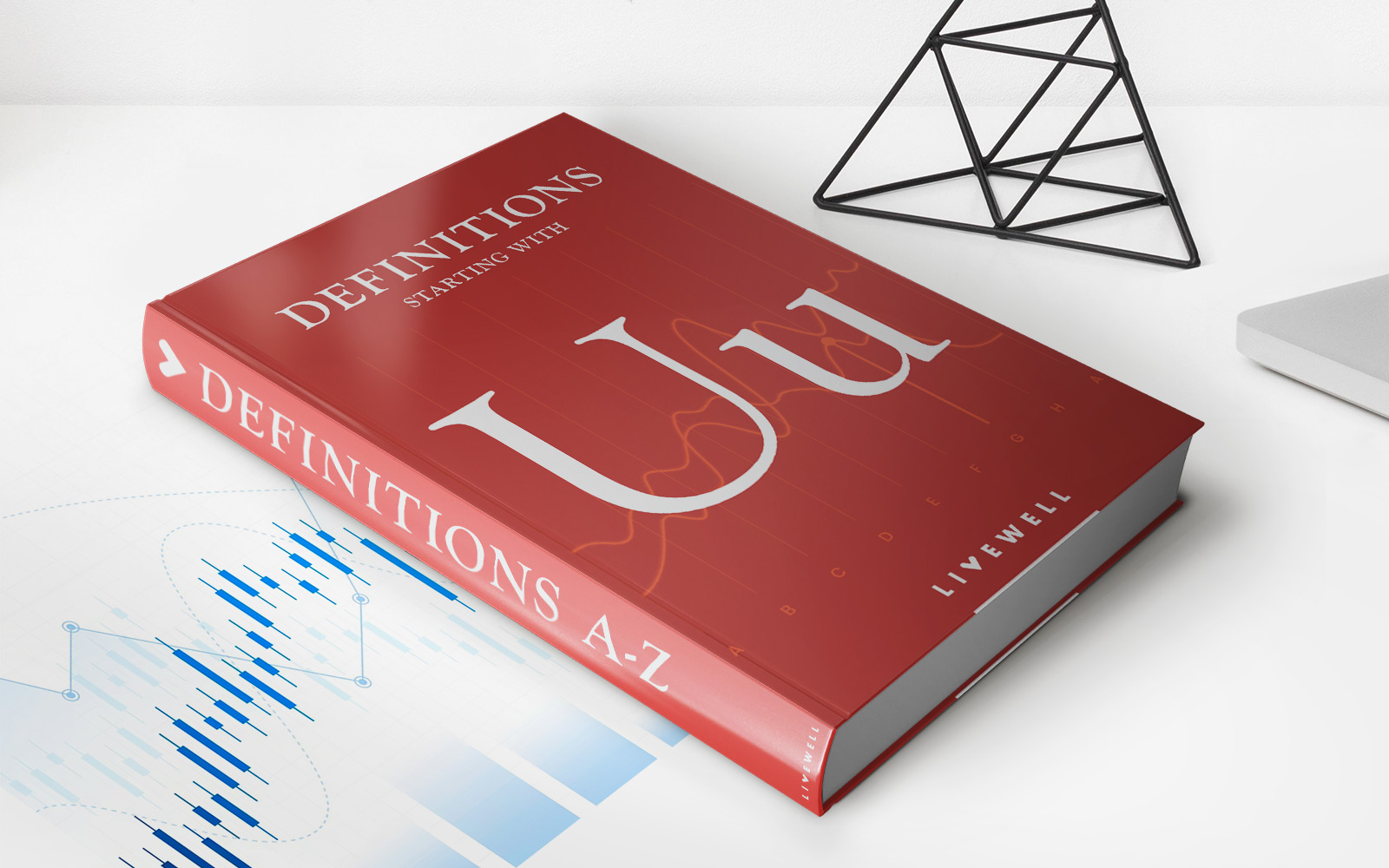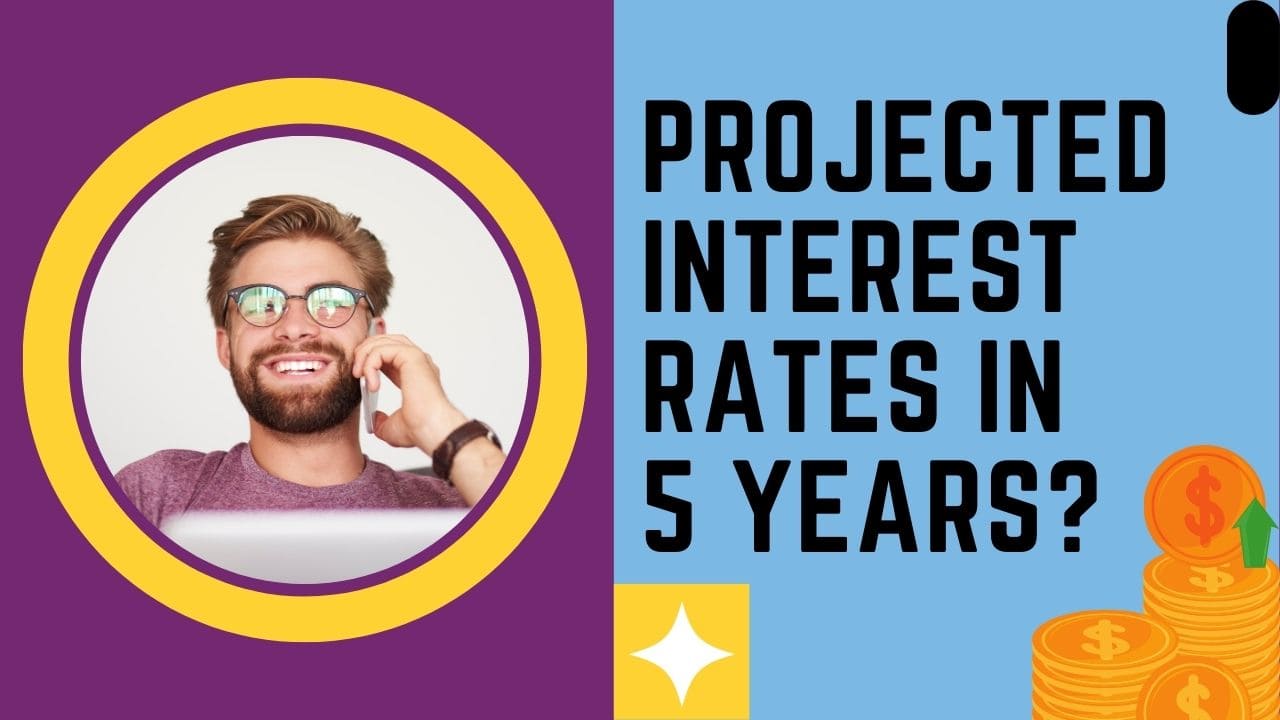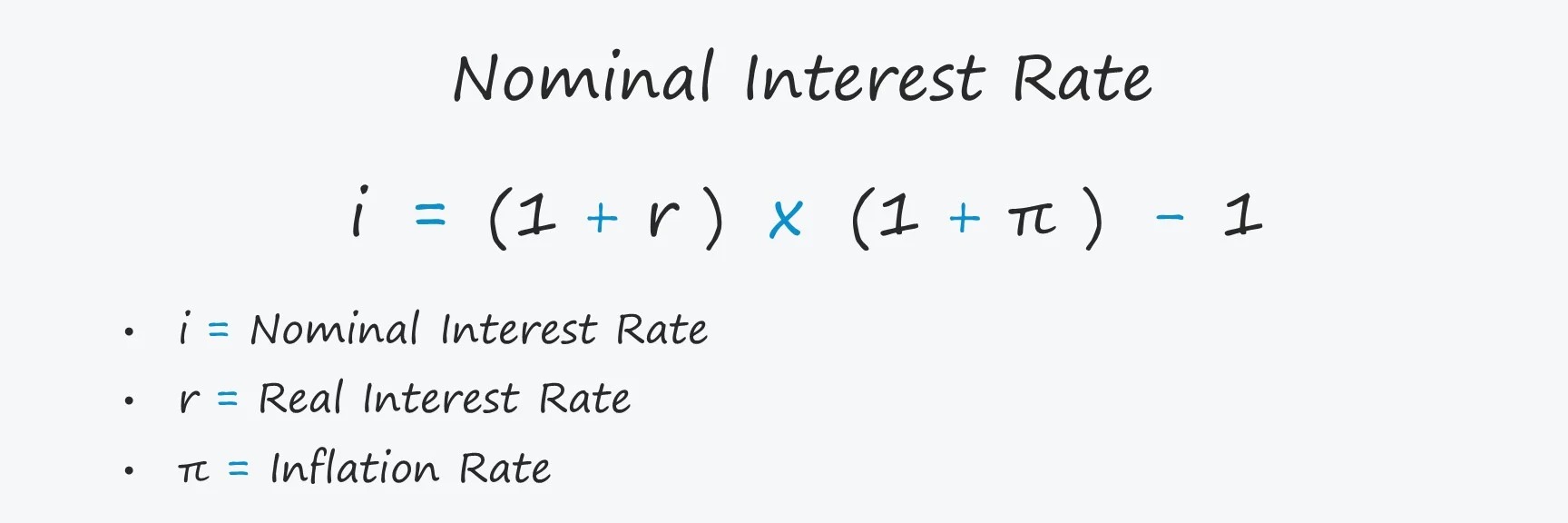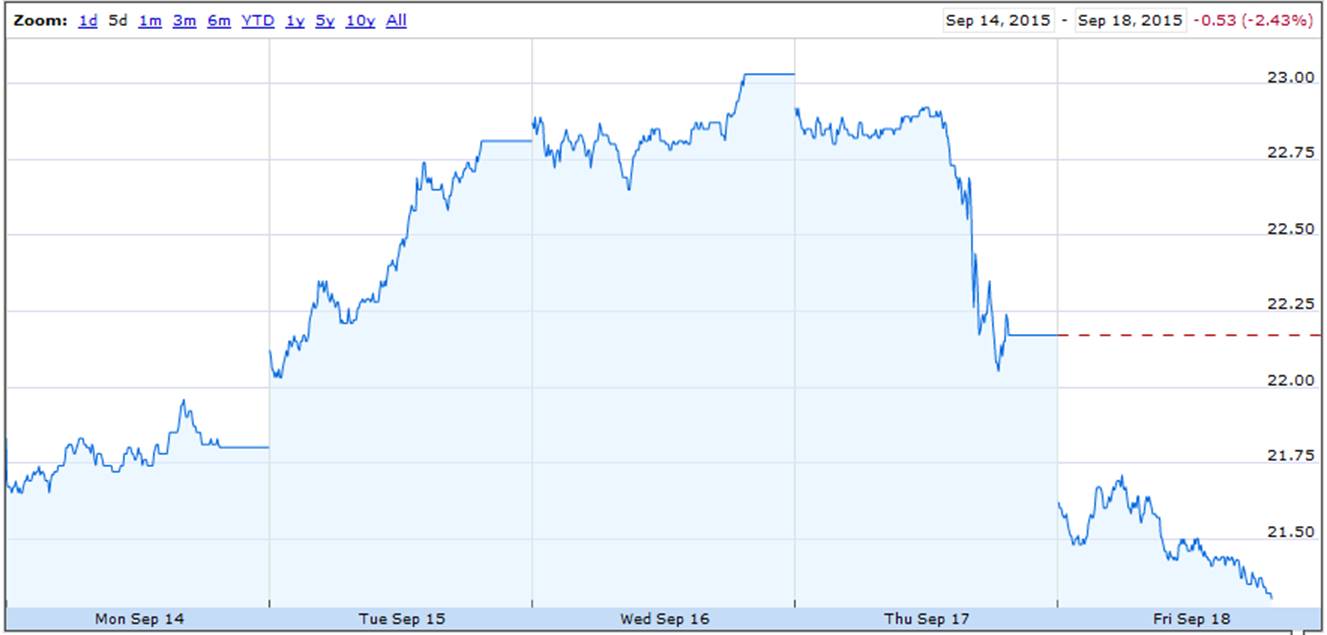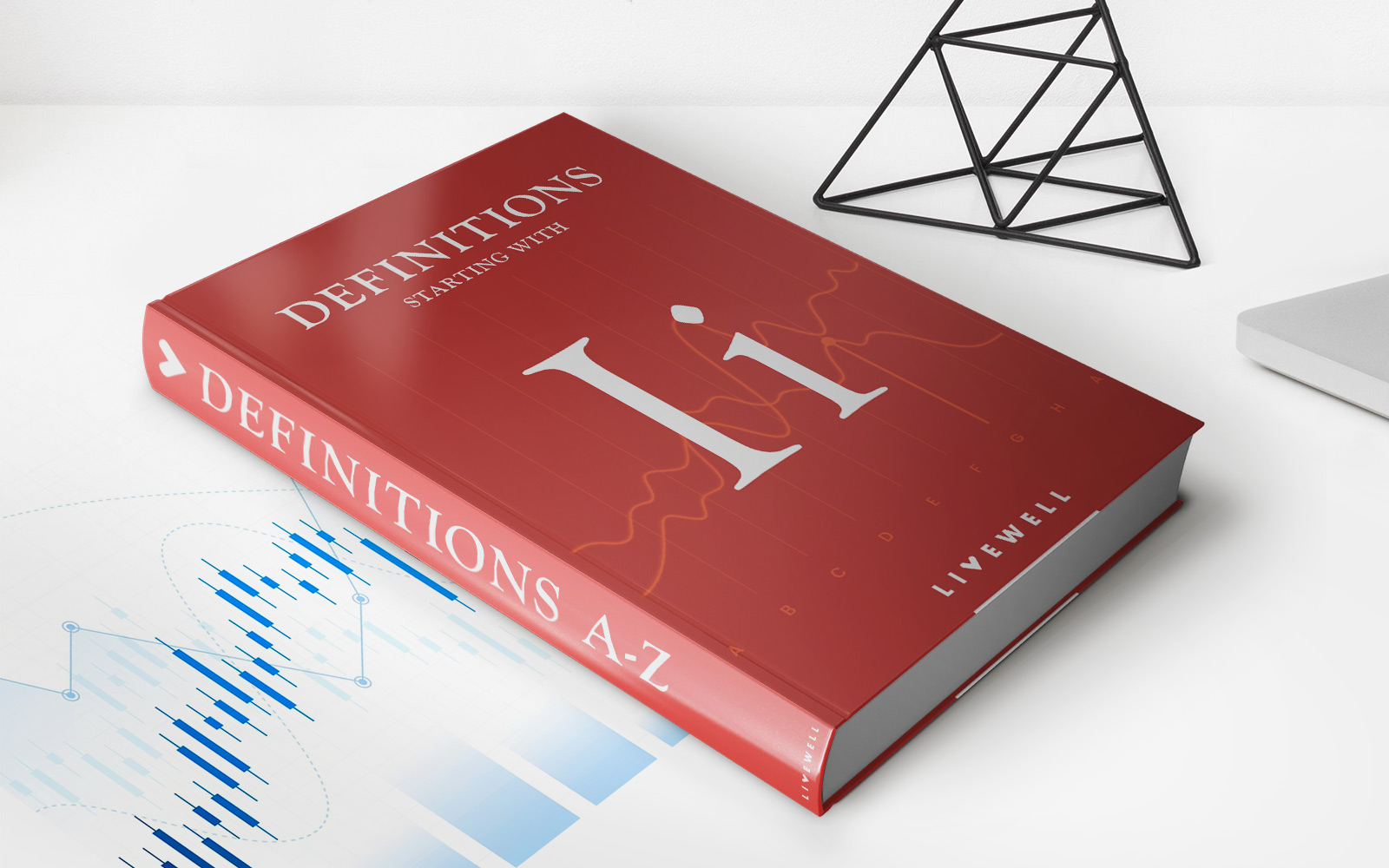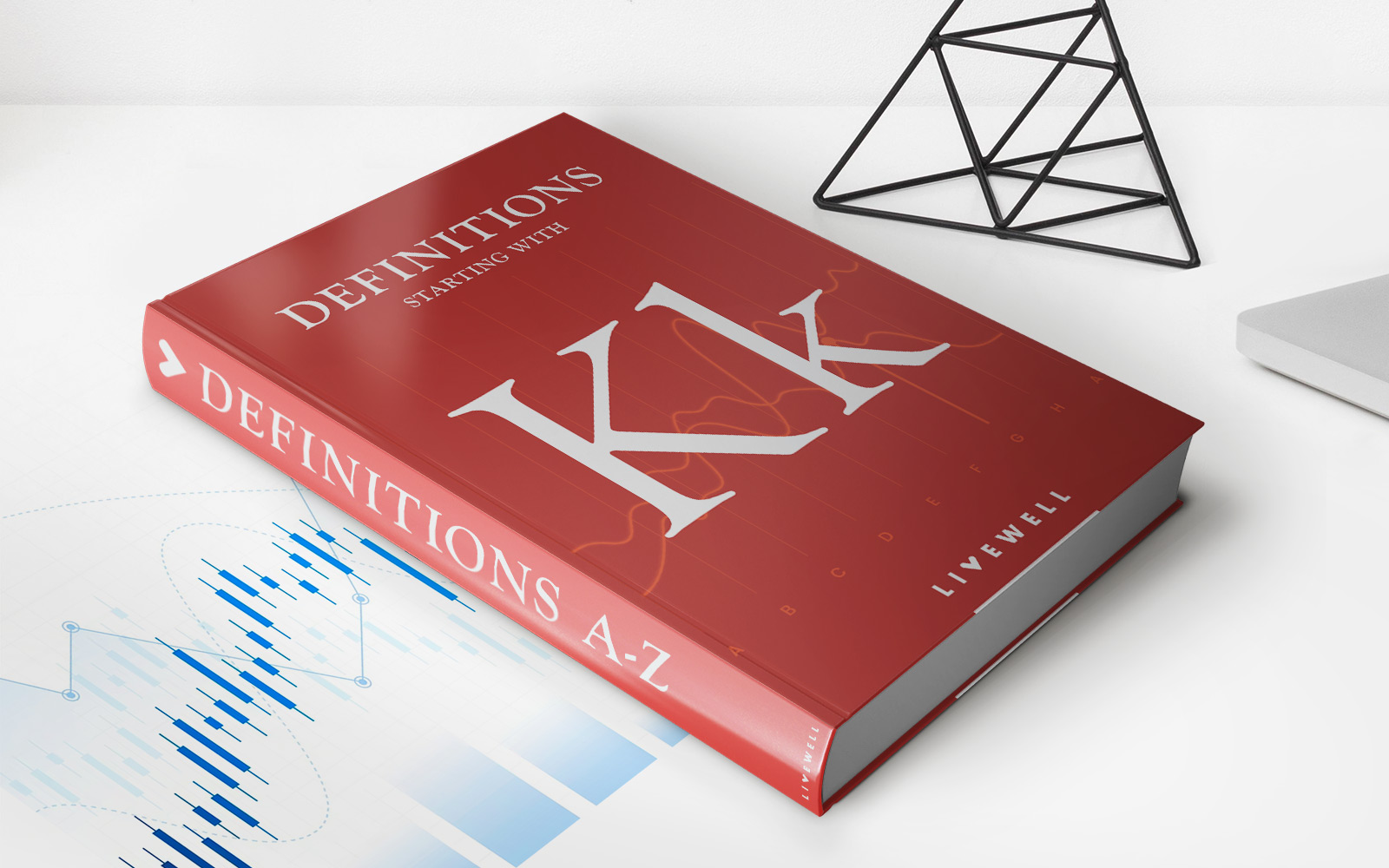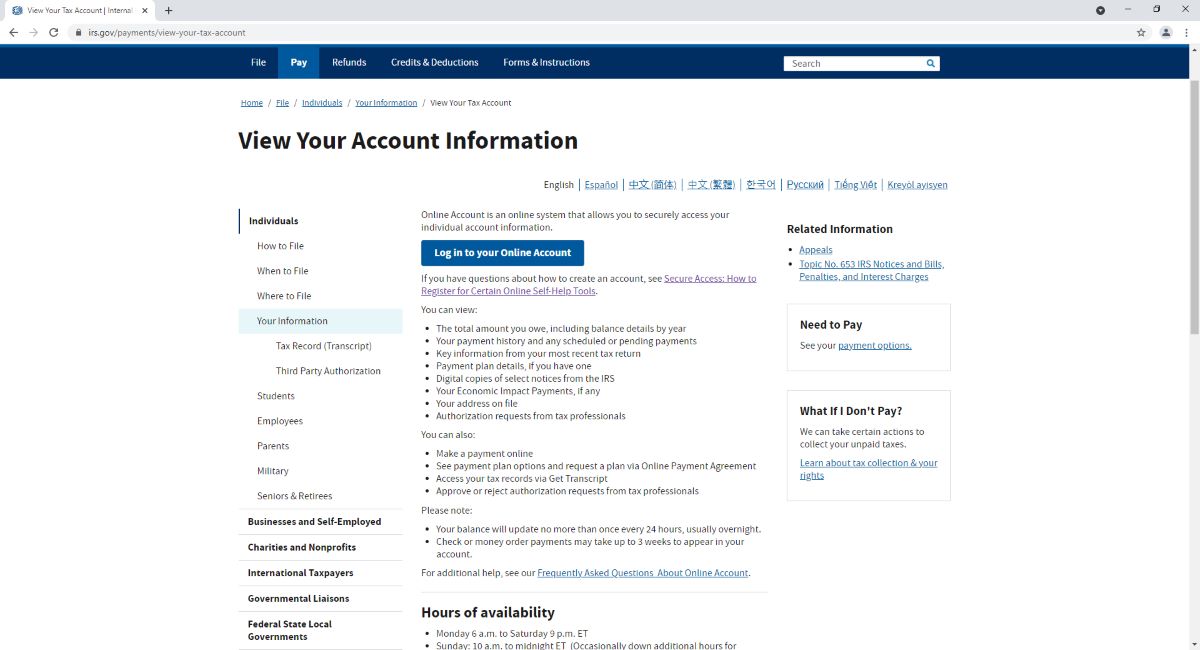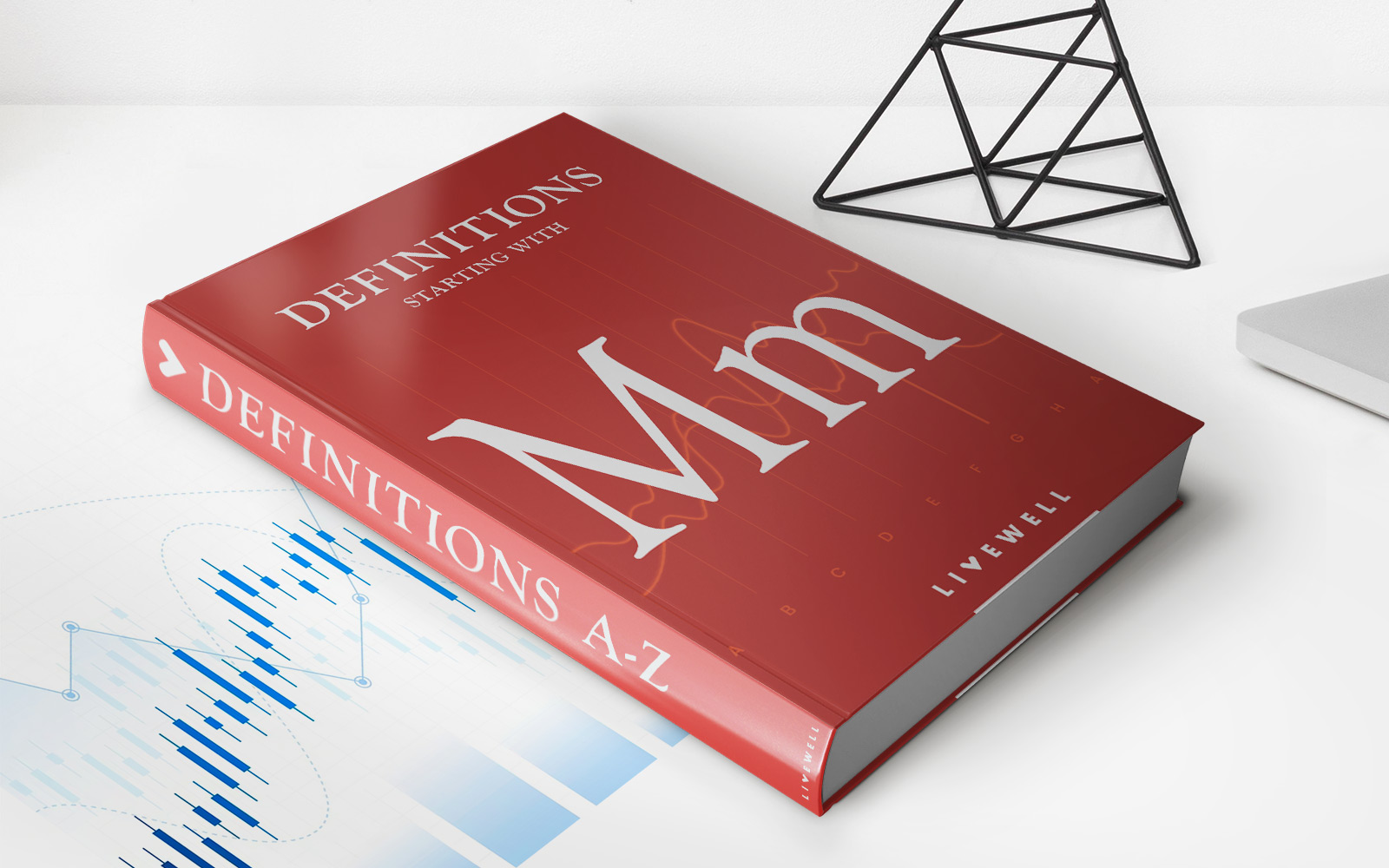Home>Finance>What Is An Interest Rate Future? Definition And How To Calculate
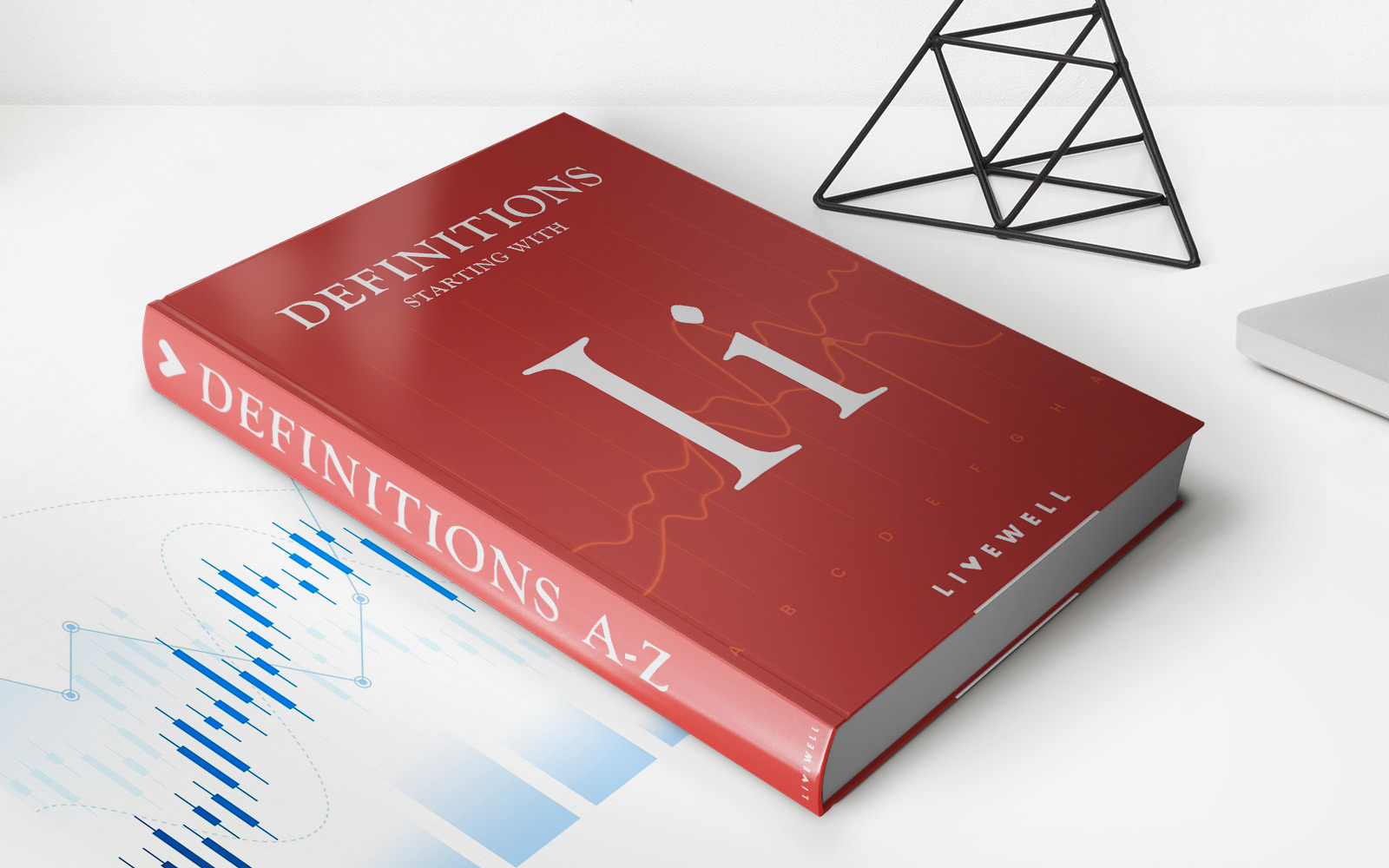

Finance
What Is An Interest Rate Future? Definition And How To Calculate
Published: December 11, 2023
Learn about interest rate futures in finance, including their definition and how to calculate them. Discover how these futures can help you manage your investments and hedge against interest rate fluctuations.
(Many of the links in this article redirect to a specific reviewed product. Your purchase of these products through affiliate links helps to generate commission for LiveWell, at no extra cost. Learn more)
What Is an Interest Rate Future? Definition and How to Calculate
Are you looking for a way to manage your financial risks more effectively? Look no further than interest rate futures! In this blog post, we will explore the definition of interest rate futures and provide a step-by-step guide on how to calculate them.
Key Takeaways:
- Interest rate futures allow investors to hedge against future interest rate fluctuations.
- These futures contracts are based on an underlying financial instrument, such as government bonds or treasury bills.
Interest rate futures are a type of financial derivative that enables investors to hedge against the risk of fluctuations in interest rates. They are contracts traded on an exchange, and their value is tied to an underlying financial instrument, typically government bonds or treasury bills.
So, how exactly do you calculate interest rate futures? Here’s a step-by-step guide:
- Specify the contract details: Start by identifying the specific interest rate future contract you want to calculate. This includes the underlying financial instrument, contract size, and expiration date.
- Obtain the current and future interest rate: Determine the current interest rate for the underlying instrument and the expected interest rate at the contract’s expiration.
- Calculate the price difference: Subtract the future interest rate from the current interest rate, considering the appropriate unit of measurement (e.g., basis points or percentage).
- Convert the price difference to contract value: Multiply the price difference by the contract size to obtain the contract value.
By understanding and calculating interest rate futures, investors can better manage their financial risks. These derivatives provide a valuable tool for hedging against potential losses resulting from interest rate fluctuations.
In conclusion, interest rate futures are powerful instruments that allow investors to protect themselves against interest rate movements. Whether you’re a seasoned trader or just starting in the financial markets, understanding the definition and calculation of interest rate futures can help you make informed investment decisions and navigate the complex world of finance.
Have you used interest rate futures to manage your financial risks? Share your experiences and insights in the comments below!
